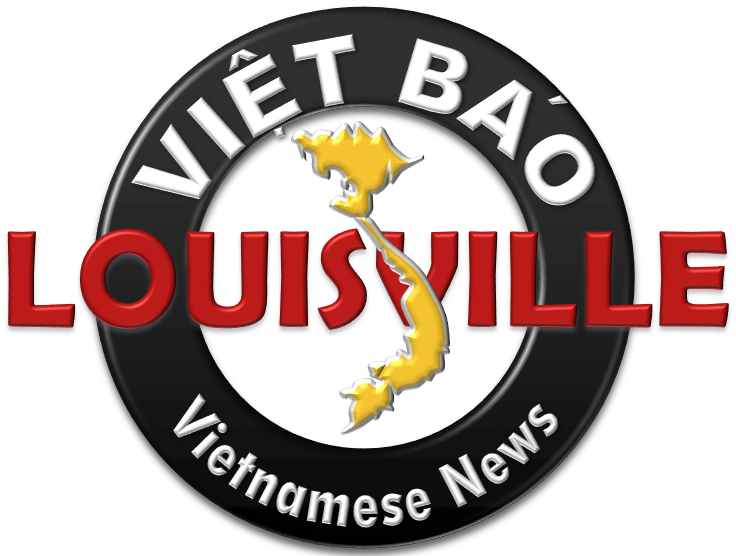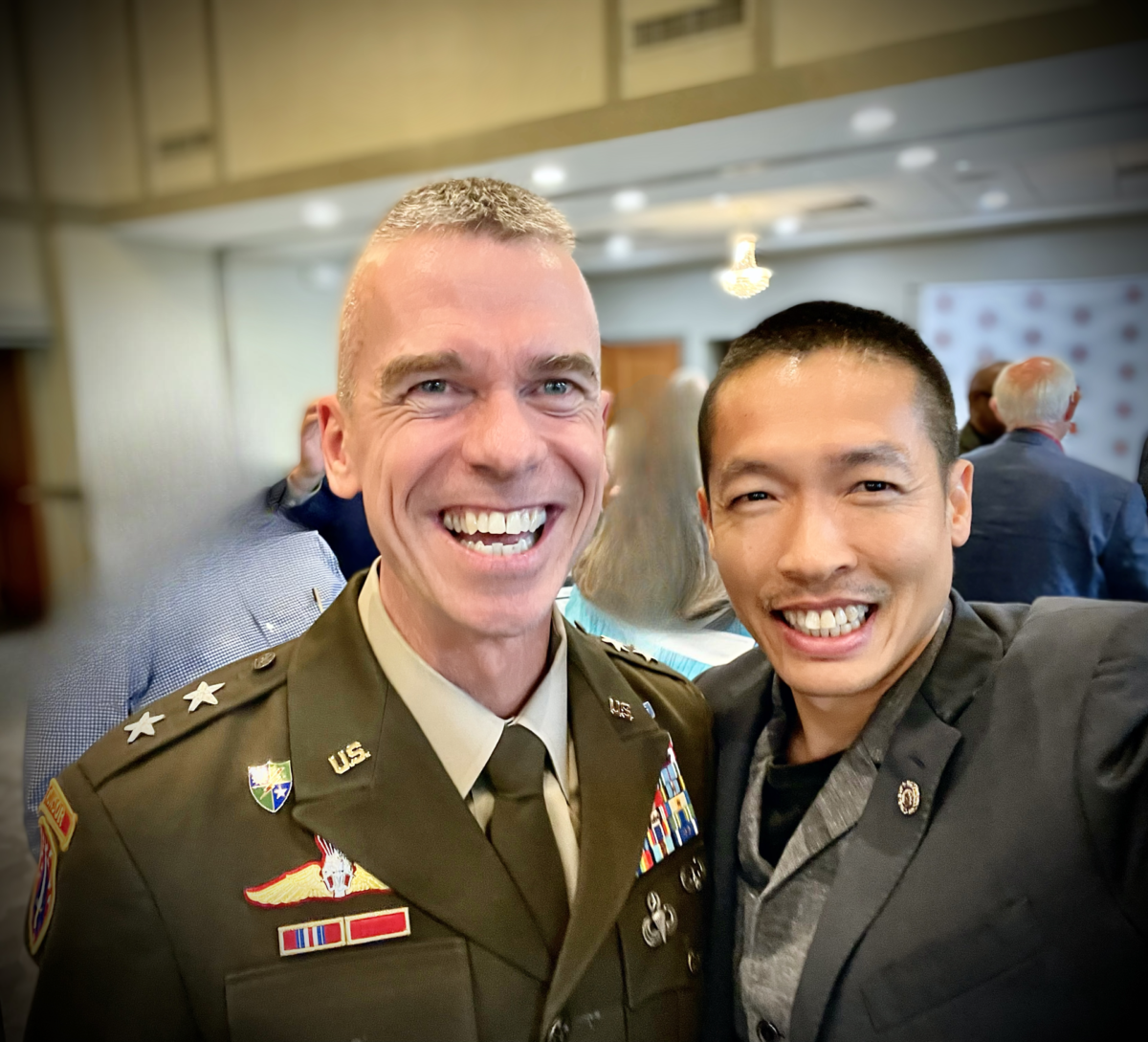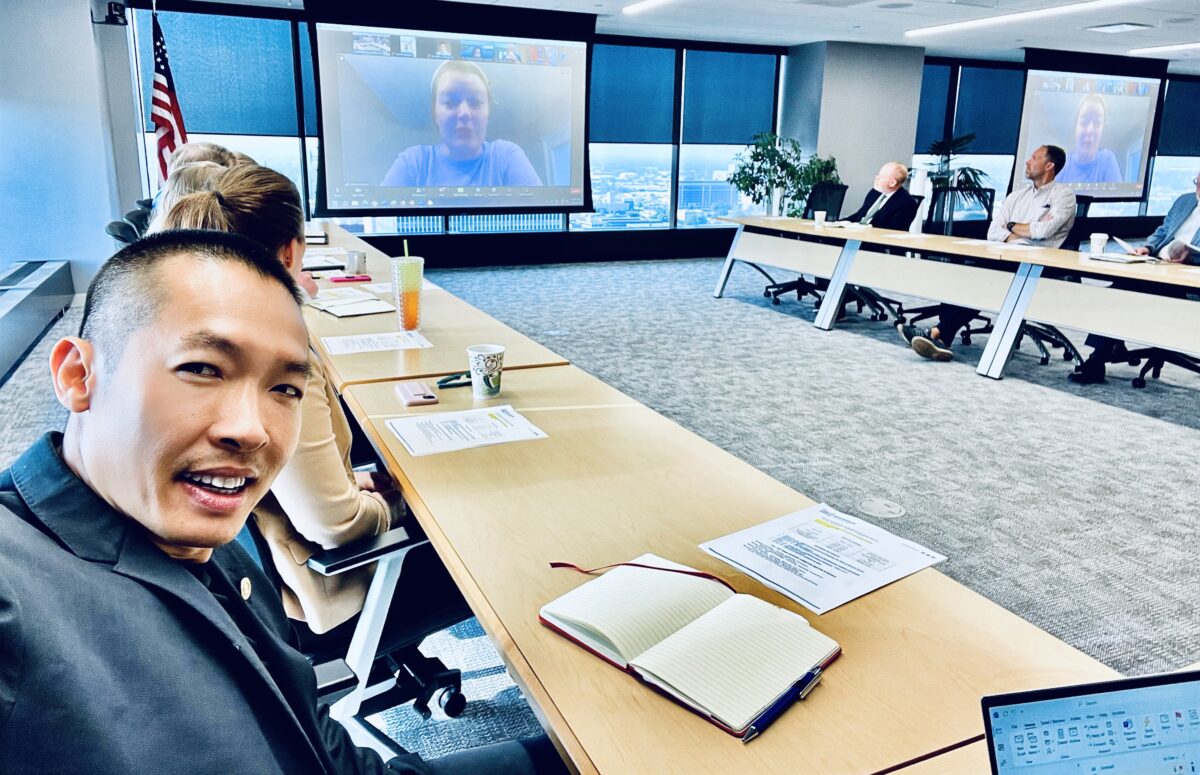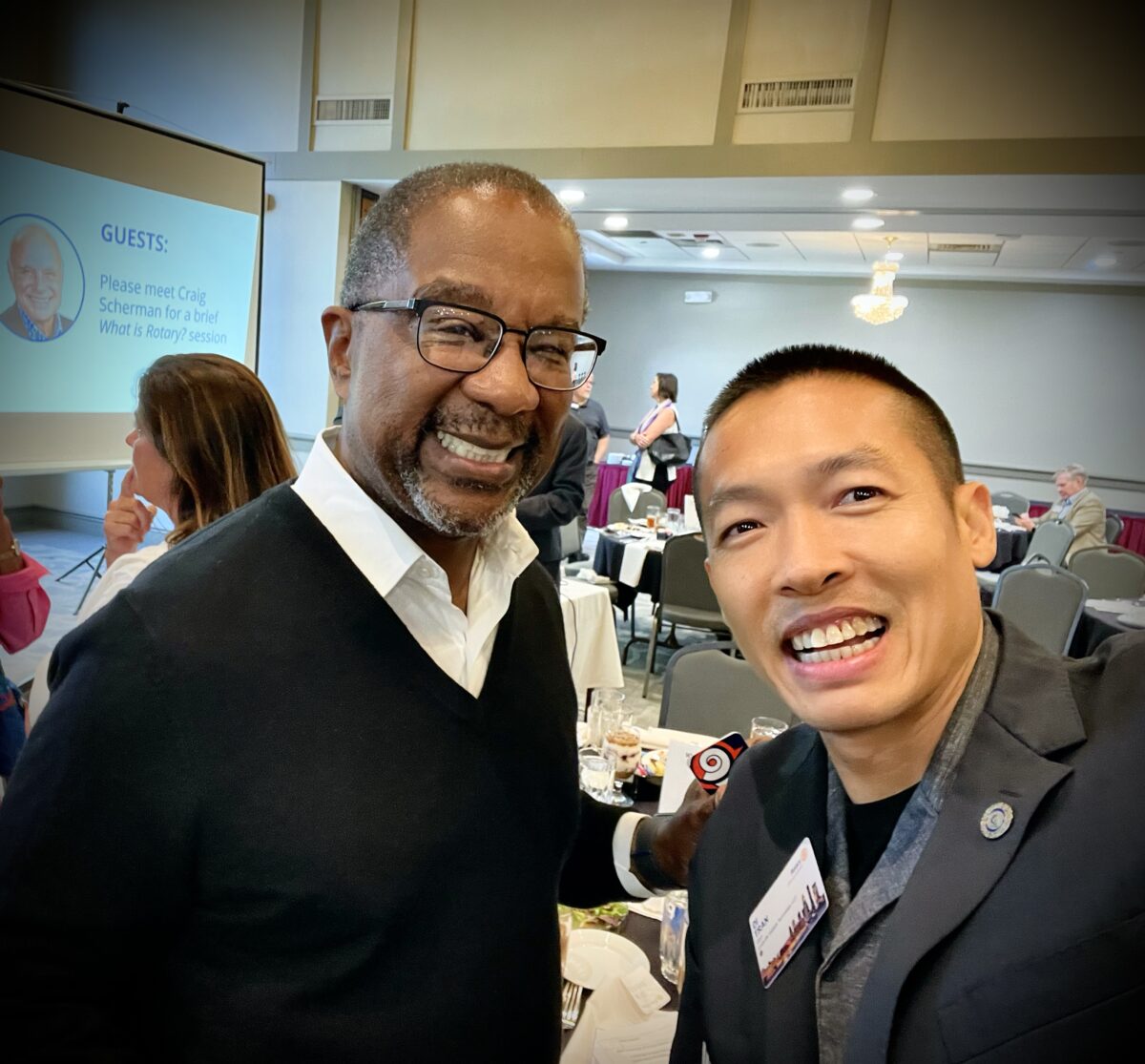In the vast tapestry of human civilization, few threads are as influential as the intricate workings of finance. At its core, finance is more than just money, stocks, and commodities; it’s the representation of value, the driving force behind our decisions, ambitions, and ultimately, our societies. And yet, the nuanced understanding of this field often remains cloistered, reserved for the chosen few who navigate its labyrinthine corridors. Di Tran, a seasoned entrepreneur and educator, seeks to bridge this chasm with his latest book, “The Language of Finance and Business: A to Z,” uniquely tailored for young minds.
With his signature fervor, Di Tran emphasizes the unmatched exhilaration he feels each time he releases a new book, a sentiment amplified manifold when crafting content for the younger generation. Holding the hard copy of his newest creation, he speaks not just as an author but as a father, mentor, and passionate advocate for early education. “The foundation of our world, the essence of our exchanges, is rooted in value and trade, translating into businesses that propel economies. And it’s pivotal that our children, the leaders of tomorrow, grasp this essence early on,” says Tran.
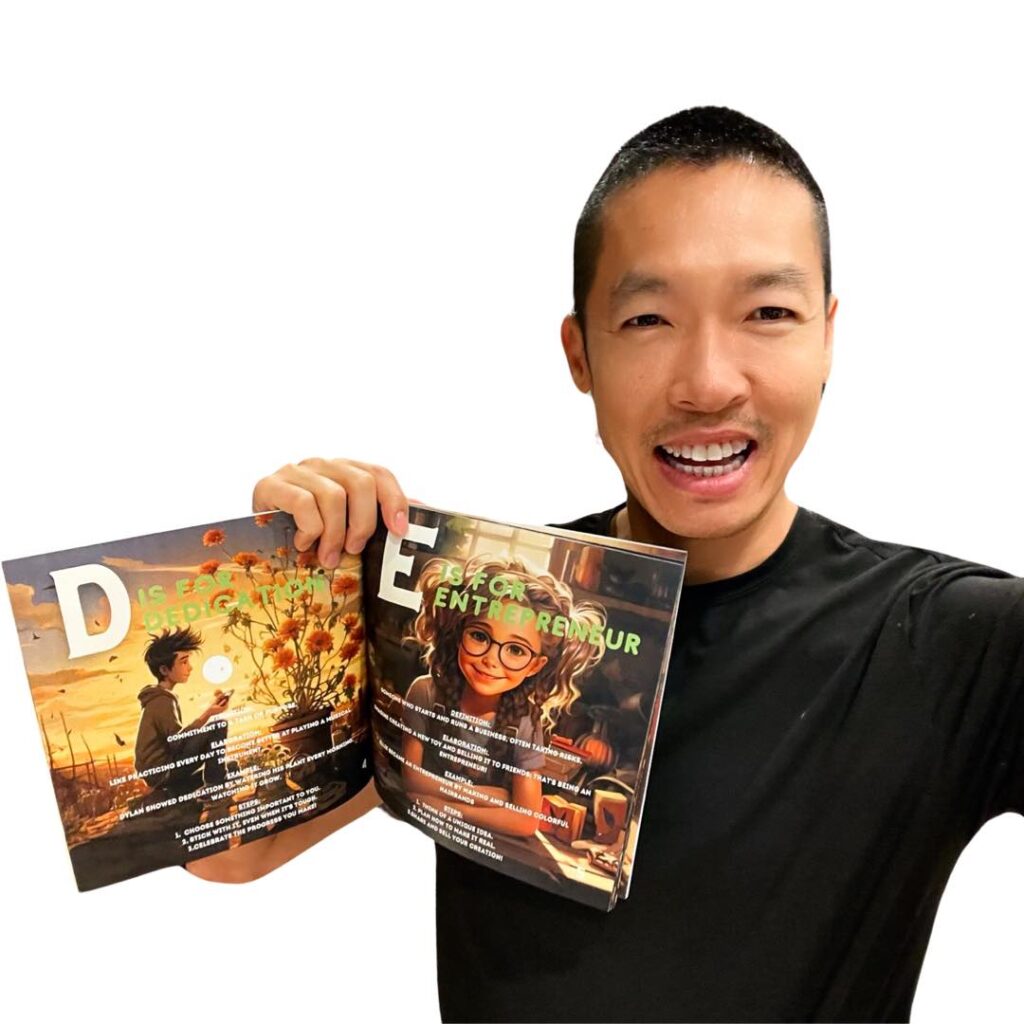
The importance of this understanding is manifold. By introducing children to the world of finance, we’re not merely teaching them about money. We’re instilling in them a comprehension of value – how it’s determined, how it’s exchanged, and how it influences almost every aspect of our lives. This is crucial in today’s rapidly evolving global economy, where understanding the dynamics of trade, value appreciation, and financial literacy can shape sound decisions both personally and professionally.
Di Tran’s journey, a testament to grit and the power of value, serves as a backdrop to this enlightening guide. From his arrival in the U.S. in 1995 with limited resources to founding multiple successful businesses, his narrative intertwines with lessons on the importance of recognizing and adding value. His endeavors, whether in establishing educational institutions like the Louisville Institute of Technology or innovative platforms like MiaHire USA, echo a simple yet profound belief: the significance of adding value in all undertakings.
“The Language of Finance and Business: A to Z” is more than just a book; it’s a legacy, an endeavor to sow the seeds of financial literacy and value appreciation early on. With an alphabetical approach, it disentangles the complexities of the financial world, making them accessible and relatable to young readers. As Di Tran rightly points out, “Our children need not become financiers or traders, but understanding the language of value and business equips them to navigate life’s myriad transactions with clarity and confidence.”
In a world driven by numbers, trades, and valuations, it’s vital to recognize that at the heart of it all lies a simple principle: value. And by empowering our children with this understanding, we’re setting the stage for a future where they don’t just participate in the economy; they shape it, lead it, and most importantly, add value to it.
As Di Tran shares his latest masterpiece with the world, it stands as a clarion call to educators, parents, and mentors everywhere: let’s ensure our future generations are fluent in the most universal language of all – the language of finance and business.
